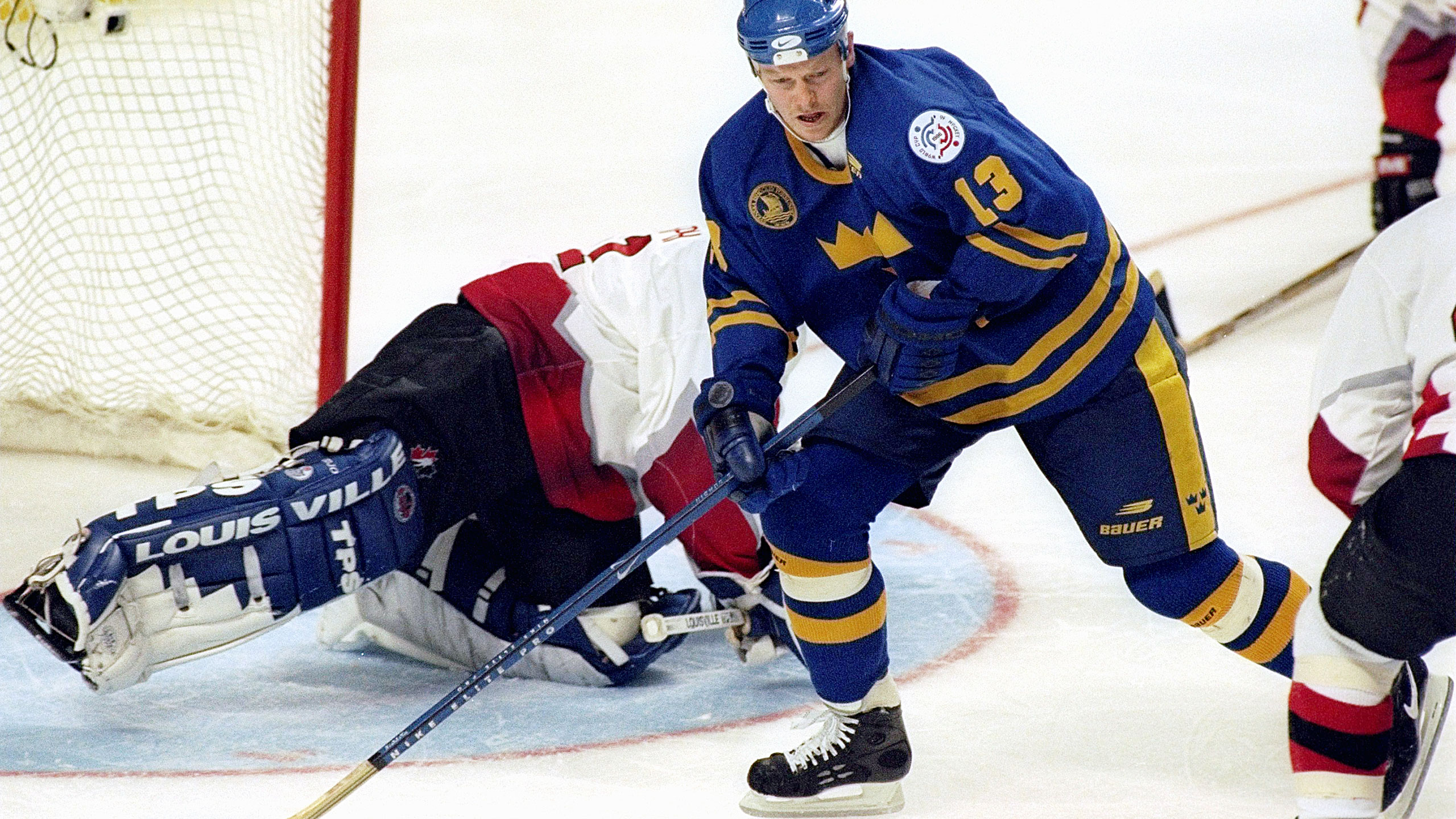Sweden had defeated Canada for gold at the Olympics in 1994, sure, but historically the rivalry between these two hockey nations was nascent. It didn’t have anywhere near the level of bad blood as Canada-Russia or Sweden-Finland.
However, tensions between the two sides were high leading up to the semi-final matchup after Sweden’s head coach Kent Forsberg had accused the Canadians of cheating their way through the tournament. Every referee in the 1996 World Cup happened to be Canadian, so when two Russian goals were waived off in a 5-3 Canada victory in round robin action, it raised the ire of an outspoken Forsberg.
“Canada cheated its way to victory,” Sweden’s bench boss told reporters at the time. “They have made the whole country ashamed. Canada didn’t earn two points against the Russians. They got them from the referee.”
If a spot in the final wasn’t enough motivation, now there was bulletin board material.
The game took place at the CoreStates Center (now known as Wells Fargo Center) in Philadelphia — the perfect antagonistic setting for what was about to be hockey’s equivalent of a 15-round heavyweight boxing match.
It was supposed to be neutral territory — in theory at least — but as the eventual hero of the game Theo Fleury recalls, Canada was “booed mercilessly” by the raucous Philly faithful. The only players donning red and white that got a pass were Flyers Rod Brind’Amour, Eric Desjardins and superstar Eric Lindros.
“We were definitely in enemy territory,” adds Team Canada forward Trevor Linden. “They were cheering for the underdogs.”
Mark Faucette was the referee, while Dan Schachte and Ray Scapinello worked the lines. Curtis Joseph, 3-0 in the tournament at that point, was in the Canadian crease while at the other end of the ice Tommy Salo got the surprise start over Tommy Soderstrom who was coming off a shutout against the Czech Republic and a strong performance against the Finns.
Like a great piece of music, this game rose to a crescendo.






